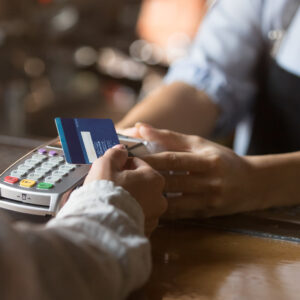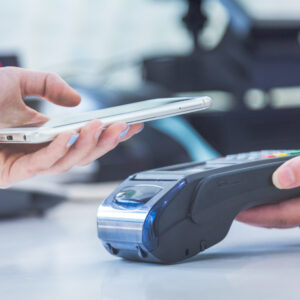In the ever-evolving world of e-commerce, the user experience has become a paramount factor in determining the success of online businesses. The payment process is a crucial touchpoint in the customer journey, and optimizing it for a seamless and user-friendly experience is vital for e-commerce merchants. Let’s explore the significance of user experience (UX) design in payment processing integration and how it contributes to creating a frictionless and enjoyable payment journey for customers.
Understanding the User Experience (UX)
User experience design focuses on creating interfaces and interactions that are easy to use, intuitive, and enjoyable for the end-user. In the context of e-commerce, a positive UX can lead to higher conversion rates, reduced cart abandonment, and increased customer loyalty. The payment process is one of the most critical aspects of the overall e-commerce UX, and it can greatly influence a customer’s perception of a brand.
The Importance of a Seamless Payment Experience
A seamless payment experience is paramount for e-commerce success. When customers encounter difficulties or frustrations during the payment process, they are more likely to abandon their shopping carts and seek alternative retailers. To create a seamless payment experience, UX design must address several key aspects of payment processing integration:
Clarity and Transparency
A well-designed payment process begins with transparency. Customers should have a clear understanding of the payment options available, the total cost of their purchase, and any associated fees. UX designers must ensure that all payment-related information is presented in a straightforward and easily digestible manner.
Simplicity and Efficiency
One of the primary objectives of UX design in payment processing is to streamline the checkout process. A convoluted, multi-step checkout is a significant UX barrier. To avoid this, designers must reduce the number of required form fields, provide smart defaults where possible, and minimize the need for manual data entry. The ultimate goal is to make the payment process as efficient and effortless as possible.
Mobile Optimization
As more consumers shop using mobile devices, it’s crucial to optimize the payment process for smartphones and tablets. UX designers need to create mobile-responsive designs that adapt to different screen sizes and orientations. Mobile users should experience the same level of convenience and efficiency as desktop users.
Visual Hierarchy and Feedback
Clear visual hierarchy and feedback are essential elements in payment processing. Buttons, call-to-action elements, and important information (such as the total cost) should be easily identifiable. Visual cues and feedback, such as loading animations and confirmation messages, provide reassurance and guidance to customers throughout the payment journey.
Error Handling and Recovery
Mistakes can happen during the payment process. Whether it’s an incorrect card number or a network error, UX design must address error handling and recovery gracefully. Clear error messages and easy steps for rectifying mistakes ensure that users can quickly resolve issues and continue with their purchase.
Best Practices for Integrating UX Design in Payment Processing
To harness the power of UX design in payment processing integration, e-commerce businesses should consider the following best practices:
Conduct User Testing
Regularly test your payment process with real users to identify pain points and areas for improvement.
Prioritize Mobile Optimization
Ensure that your payment process is mobile-responsive, with intuitive navigation and touch-friendly elements.
Provide Visual Clarity
Use clear and concise visual elements, feedback mechanisms, and hierarchy to guide users through the payment journey.
Error Handling
Create user-friendly error messages and offer straightforward solutions for resolving payment-related issues.
A/B Testing
Continuously A/B test different design elements and approaches to determine what resonates best with your specific audience.
Feedback Loops
Encourage customers to provide feedback on their payment experience and use their input to make ongoing improvements.
In conclusion, the role of UX design in payment processing integration is pivotal in creating a seamless, user-friendly payment experience for e-commerce websites. Businesses that prioritize UX design in their payment process can significantly enhance customer satisfaction, reduce cart abandonment, and ultimately increase their conversion rates. By consistently optimizing the payment journey through thoughtful design, e-commerce merchants can build a loyal customer base and stay competitive in the ever-evolving digital landscape.







